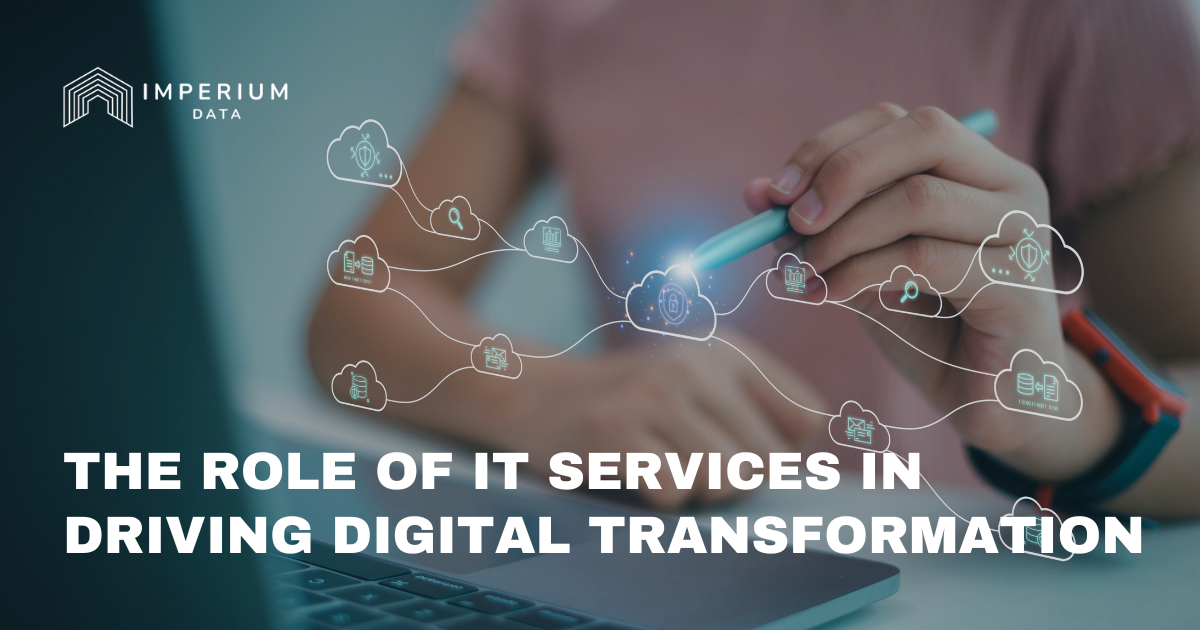Change is good in anything. When you are sitting too long, change your position. In one location too long, change your place. Not feeling creative, change your view. Feeling frustrated, change your perspective. It is no different in technology.
In today’s rapidly evolving technological landscape, change is constant and inevitable. As John Lilly aptly stated, “our only security is our ability to change.” This sentiment resonates profoundly in the realm of technology and cybersecurity. As technologists, we are accustomed to change, much like a swimmer navigating water. We find ourselves constantly adapting, whether it’s reconfiguring networks, updating policies and procedures, or developing groundbreaking products and services that shape the world around us.
In this perpetual state of flux, we seek both professional and personal security. However, cybersecurity presents a unique challenge within this context of continuous change. While we strive to secure our data through various measures, the very act of change can expose vulnerabilities. News headlines serve as a constant reminder that no company, industry, or country is immune to cyber threats. Prominent organizations like Ferrari, Skylink, and Alliance Healthcare have all fallen victim to cyberattacks. In a report published by tech.co, over 5.8 million records were breached in May from PharMerica Data. Another report by Thales highlighted that simple human error, misconfigurations, or other mistakes can inadvertently lead to breaches.
In the enterprise channel market, we see firsthand how this human error is often a company’s greatest vulnerability. Advancements in technology are meaningless without advancements in education and we believe a company’s greatest strength for growth, culture, and overall success, its people, should also be its greatest strength in reducing cyber risk. To do this, we seek to channel Jack Welch, and “change before we have to”, as proactive change is the only way to truly navigate this evolving digital landscape.
If our security lies in our ability to change, how can we ensure that the changes we make are impactful, intelligent, and appropriate? By examining the ever-evolving landscape of cybersecurity risks, we have identified five key factors that have the most significant impact on organizations, empowering them to secure their networks effectively. These best practices revolve around protecting sensitive data, securing networks, and defending against sophisticated attacks.
Enterprises require partners capable of comprehending their unique challenges and meeting their security needs with the requisite skills and expertise. Equipped with knowledge and tools, businesses can mitigate risks and maintain a robust security posture. By remaining informed and proactive, they safeguard valuable assets and preserve customer trust in an ever-evolving digital world.
Implementing a Robust Cybersecurity Framework: Policies, Procedures, and Identifying Vulnerabilities
Cybersecurity frameworks extend beyond contingency plans for addressing breaches; they encompass prevention, protection, and resolution strategies. Often, vulnerabilities arise from “soft targets” within organizations, namely individuals. Phishing exercises, penetration testing, and the adoption of Zero Trust network policies play a crucial role in training teams to identify and reject malicious actions aimed at breaching networks. Additionally, such measures test network elements to ensure they are not susceptible to direct attacks and identify suspicious activity, allowing for immediate lockdown. Altogether, these initiatives help build positive habits at the employee level and drive the proactive change needed to prevent cyberattacks.
Regular Updates and Patching Systems: The Importance of a Managed Security Operations Center
The importance of a SOC to commercial or mid-sized organizations has increased drastically as cyber-attacks are no longer just targeted at large, brand name, global companies. As such, we believe a managed SOC offering is imperative to the success of a Managed Services Partner (MSP) and a non-negotiable requirement for companies when evaluating an MSP for their business. In the face of an attack, companies must not only have a capable response team to handle breaches but also prioritize ongoing patch updates, proactive security measures, and safeguarding against vulnerabilities in new network elements. Take hospitals, for instance, with their multitude of IoT devices and guest Wi-Fi networks, which present an immense security challenge. These organizations require a dedicated Security Operations Center (SOC) team to remain vigilant, continuously monitor the network in real time, and swiftly isolate, lock down, and resolve breaches. Additionally, the SOC team ensures the timely resolution of vulnerabilities and maintains a secure environment for patients and staff, demonstrating the vital role of proactive security measures and timely incident response in protecting sensitive data and maintaining network integrity.
Employing Multifactor Authentication (MFA)
Multifactor authentication is a critical electronic authentication method that grants access to websites or applications only after successfully presenting two or more pieces of evidence. MFA ensures that only authorized individuals gain access to the proper systems. Think of it as using multiple keys to unlock a door. This approach adds an extra layer of security, even if a password is compromised, as it requires authentication from a different pre-determined device. In today’s world of hybrid work, we believe MFA is one of the most simple and powerful ways to secure your organization. It eliminates significant risk against compromised passwords, stolen or misplaced hardware, and shared workplace sign-ins as employees work from all over the globe. In essence, MFA enables shutting down unauthorized access attempts, even if an attacker possesses the password.
Regular Security Assessments and Penetration Tests
It is often said that the best teams are only as good as their weakest link, and we believe this absolutely rings true for networks as well. As such, we believe that proactive, regular testing for network vulnerabilities and weak points is the best way to fortify cyber security measures against the constantly evolving threat landscape. Conducting regular security assessments and penetration tests is the most effective way to evaluate network security. Regular testing is essential for identifying security gaps within the organization. Assessments provide detailed technical reports that highlight detected vulnerabilities, assess the potential business impact, and offer recommendations for remediation. Neglecting this exposes the entire organization to potential attacks, and recovering from a network compromise can be both time-consuming and costly. These tests encompass various facets, such as testing external and internal access, web applications, social engineering, IoT devices, and cloud systems.
Creating a cybersecurity culture is often the most challenging endeavor, but as we stated earlier, diligence towards security is paramount to an organization’s overall health and it always starts with its people. An anecdote from our experience illustrates this point. During a visit to a highly secure data center in Washington, D.C., the security manager recounted dropping USB thumb drives randomly around the facility to test whether employees would pick them up and plug them into their laptops out of curiosity. Shockingly, many individuals did. Recognizing the organization’s poor security culture, the security manager engaged in discussions with employees, gradually changing their behaviors. Over time, employees stopped inserting the USB drives into their computers and instead reported them. Transforming culture requires unwavering dedication, regular training and testing.
In closing, the adage “our only security is our ability to change” perfectly sums up the relationship between technology, cybersecurity, and the need for constant adaptation because it encapsulates the human element so clearly. It is up to us as business leaders to make the proper changes in process, practice, and behaviors to navigate the ever-evolving digital landscape and the risks that come with it.
By embracing these five key factors, enterprises can fortify their networks, protect sensitive data, and defend against evolving cyber threats. In an ever-changing digital world we believe that, staying informed, proactive, and committed to cybersecurity is vital for the sustained success of organizations and the preservation of customer trust.
By: Brian Hill, CRO at Imperium Data & Kevin Baranowksi, Senior Director, Global Enterprise MSP & MSSP Partners at Accedian.
To learn more about Imperium Data and Accedian, click here.



